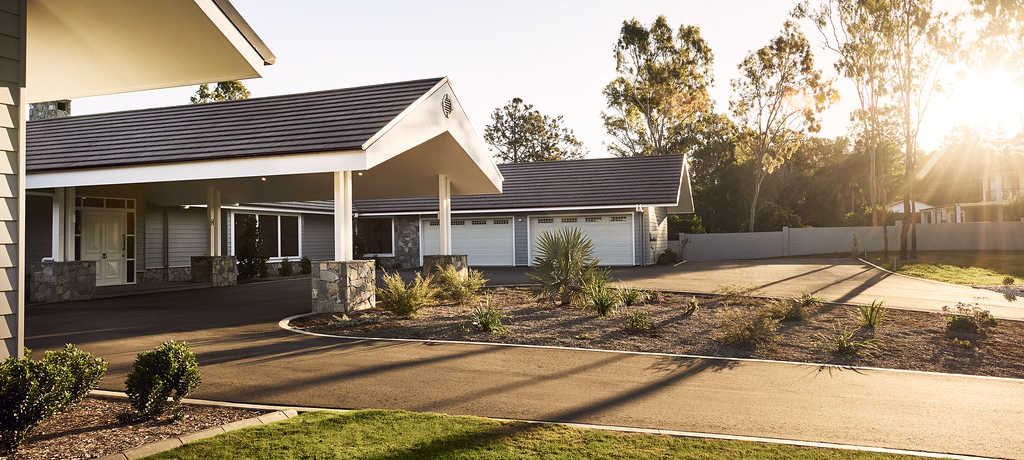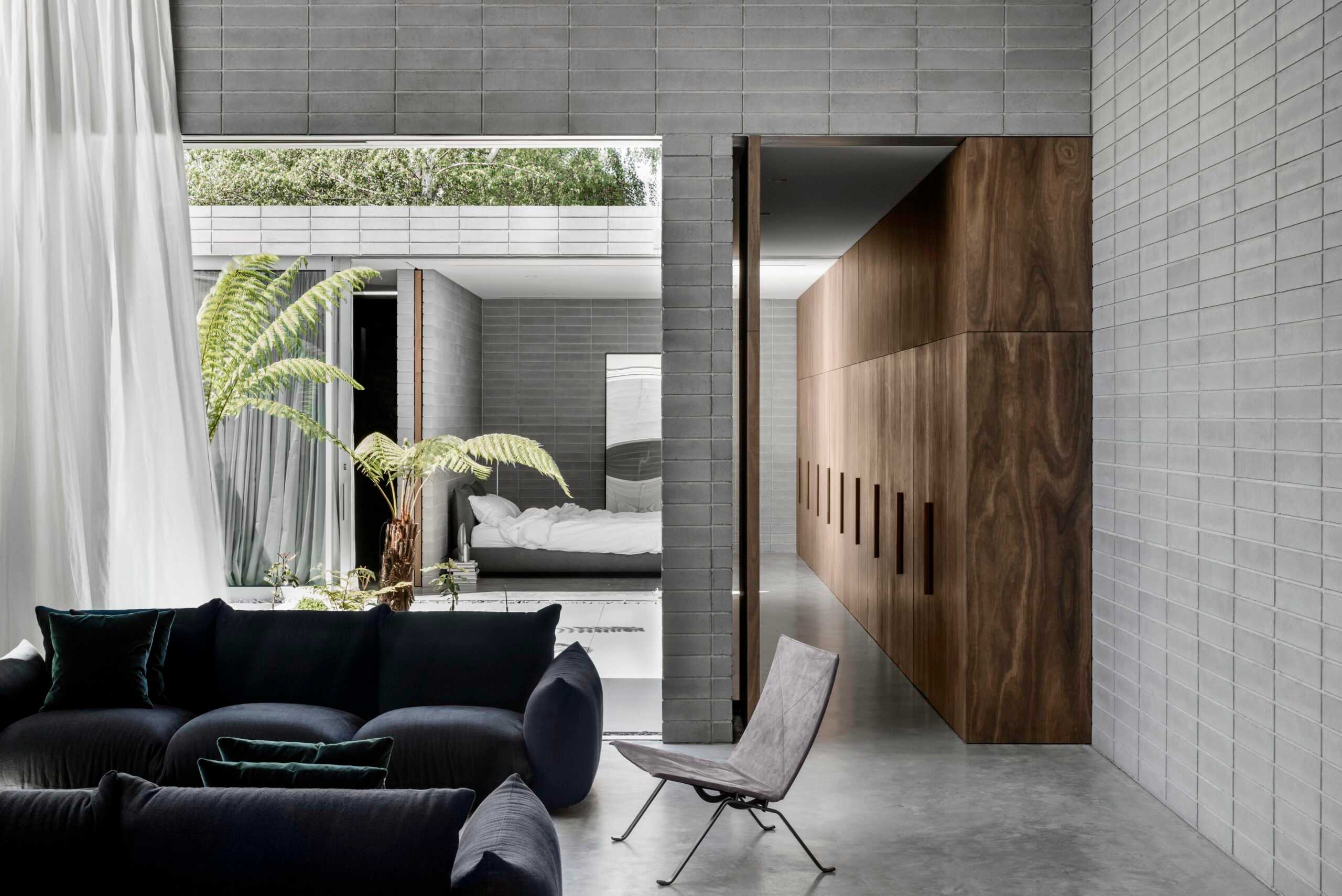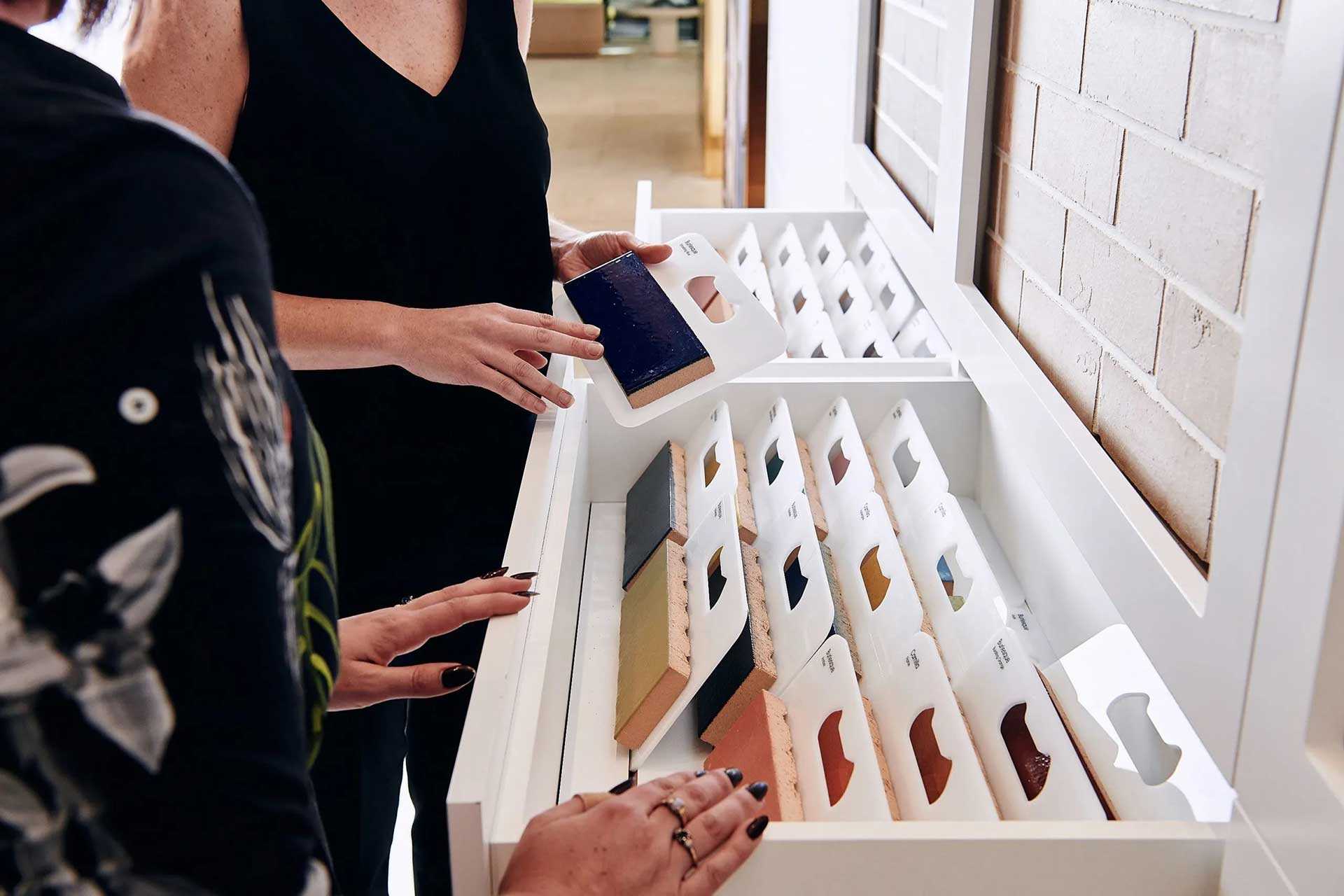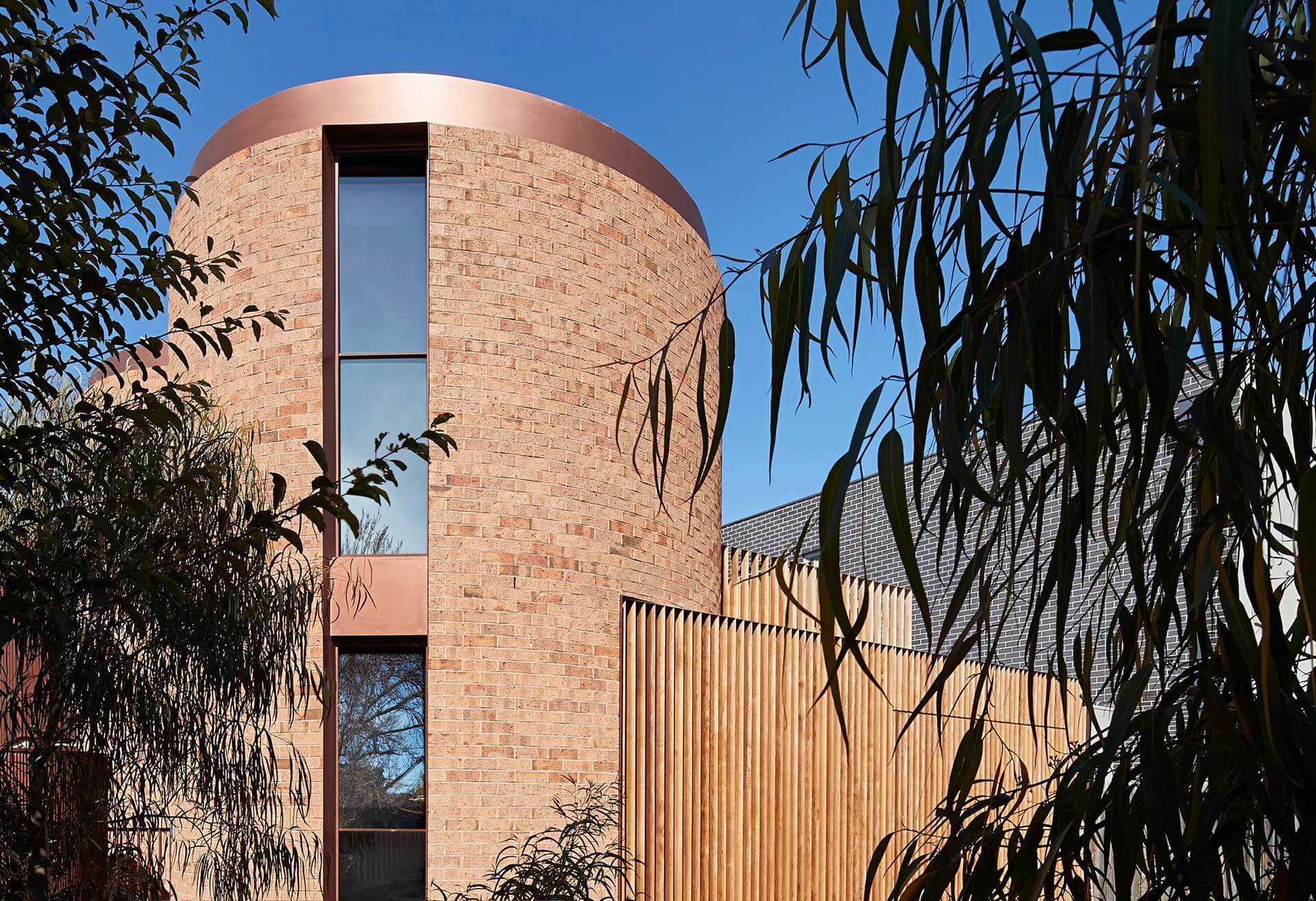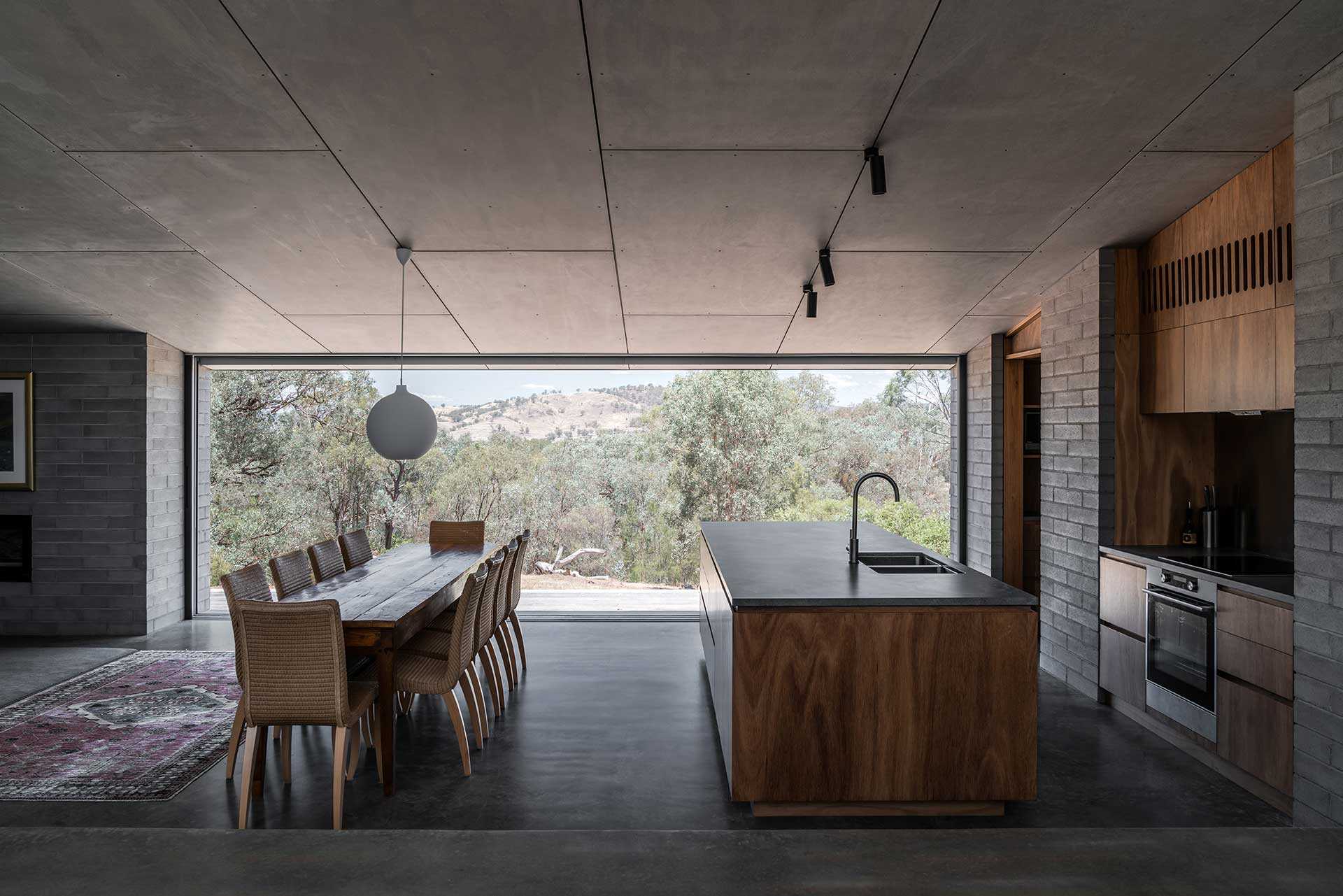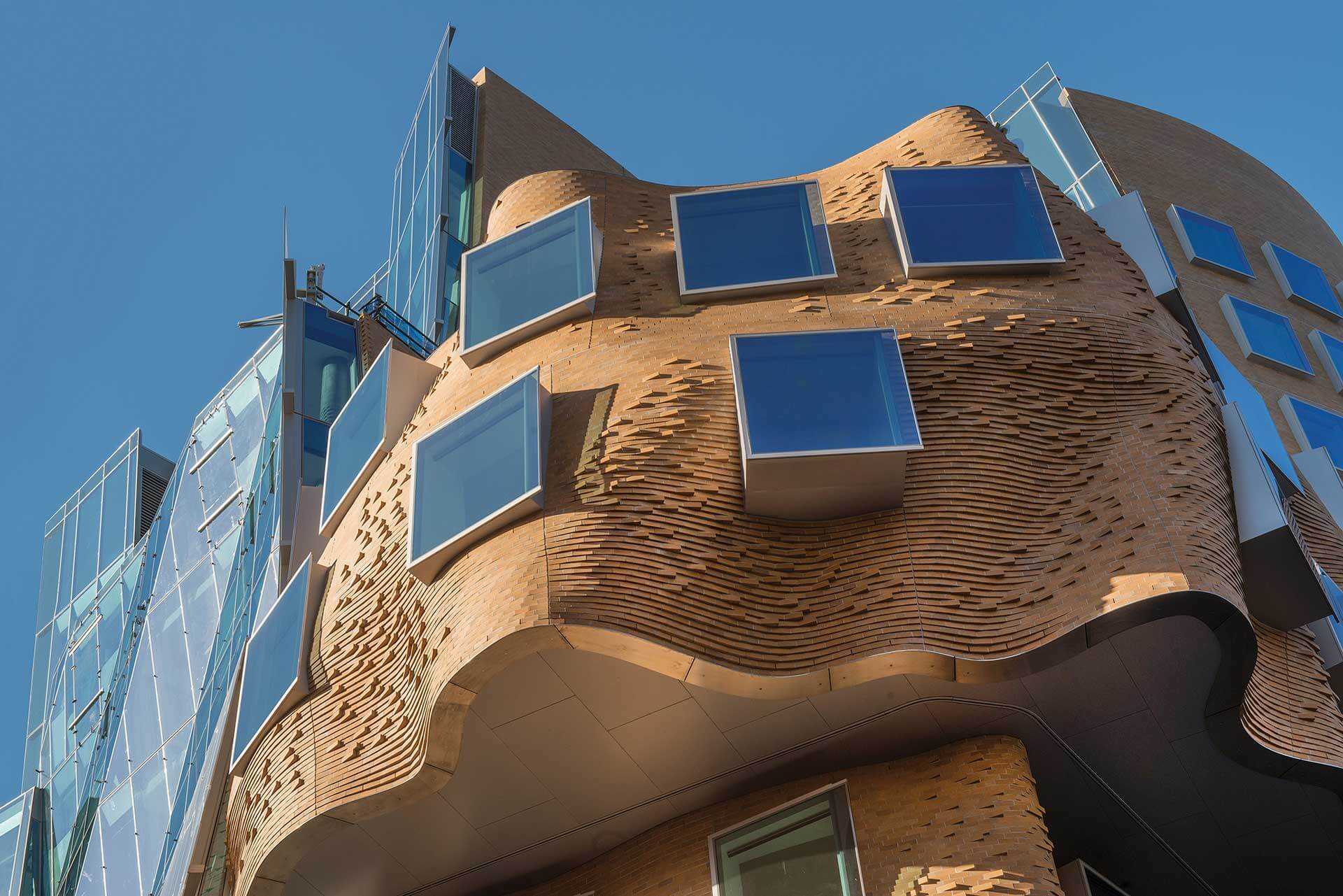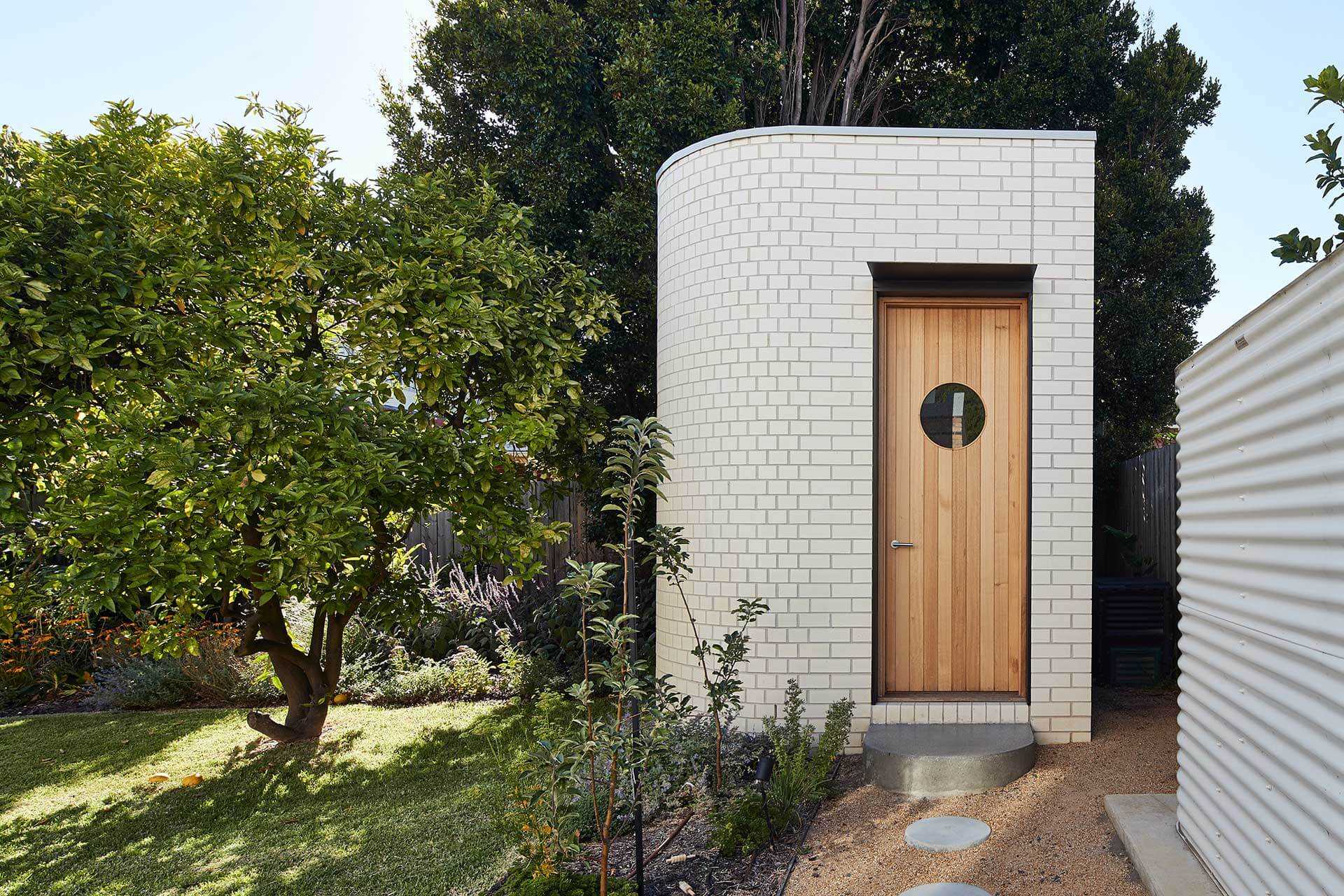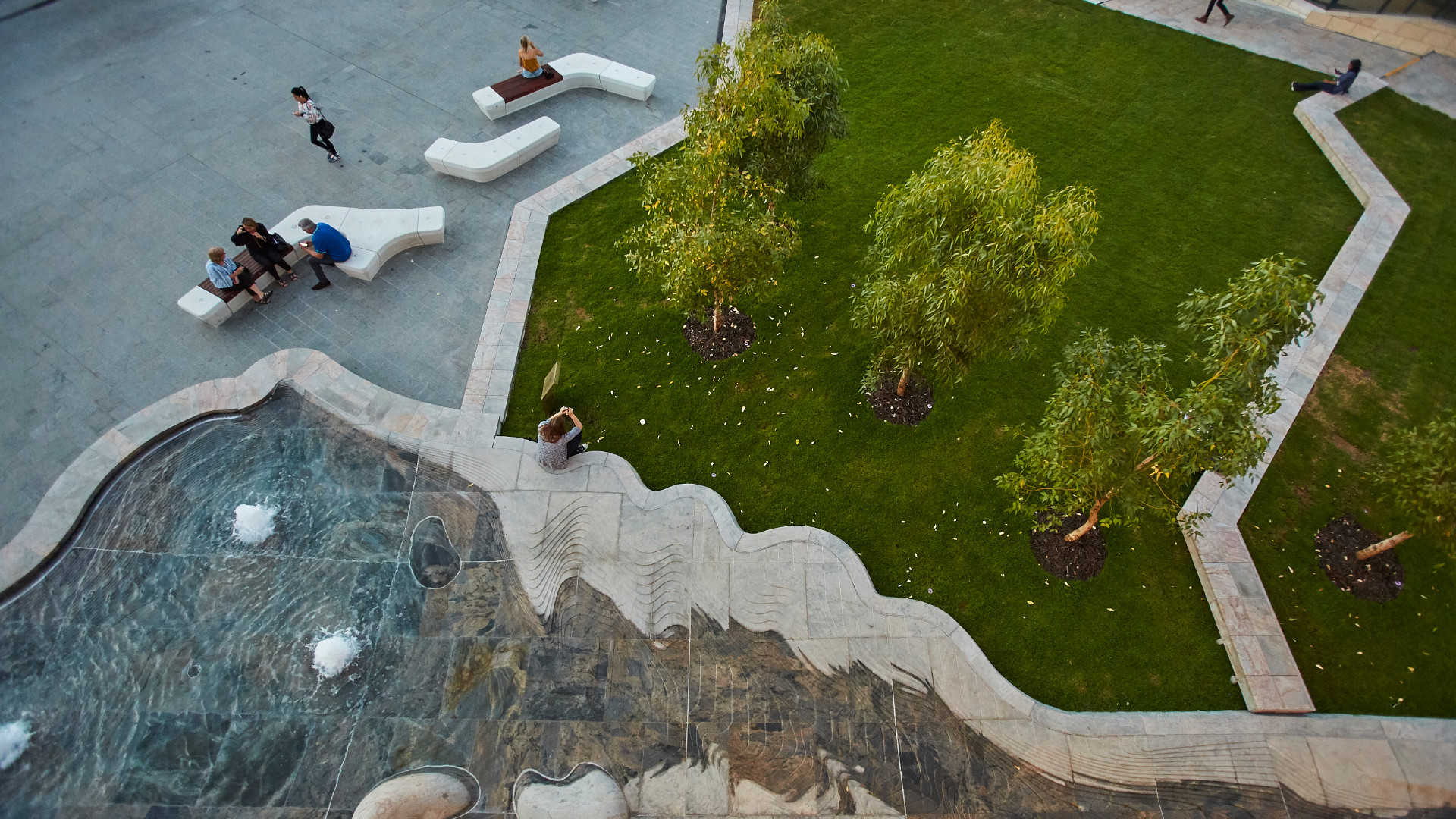
Connecting to Country: The importance of meaningful co-design practices in the built environment
The ongoing connection and symbiotic relationship between the First Nations people of Australia and the land makes them the ultimate knowledge holders when it comes to built environments. As such, principles of codesign practices – that is sharing and engagement of Indigenous communities in the design and planning of places – should be central and integral to the way we approach design across the country.
During a recent panel discussion on the topic of Connection and Design with Country, an esteemed panel, led by GroupGSA Director Lisa-Maree Carrigan, sought to discuss how Indigenous customs can become further entwined with the built environment. The group, consisting of First Nations Inclusion Specialist at Sydney Water and proud Kamilaroi woman, Veronica Murphy, as well as WSP Technical Executive Michael Hromek, a descendant of the Yulin People and proud Budawang man, and Old Ways, New founder Professor Angie Abdilla, a palwa-trawlwoolway woman – discussed how designers, architects and industry professionals can meaningfully and authentically engage with communities to create spaces that embrace the unique character of the landscape, the culture and the shared histories
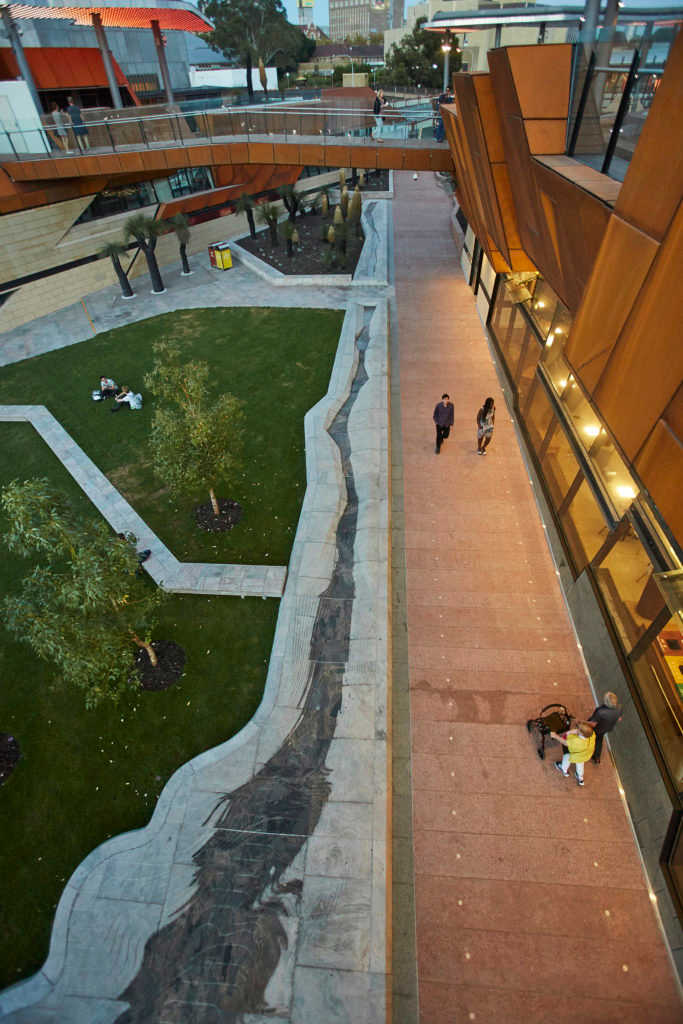
It’s clear that best practice should always be a recognition of and engagement with the local community of any given project. However for this interaction to prove impactful, it is important that the nuances of this relationship are truly explored and committed to. Beginning with engagement is paramount, according to the panellists, to establishing community-centred protocol and practices that begin in the initial stages and continue long after the project has finished.
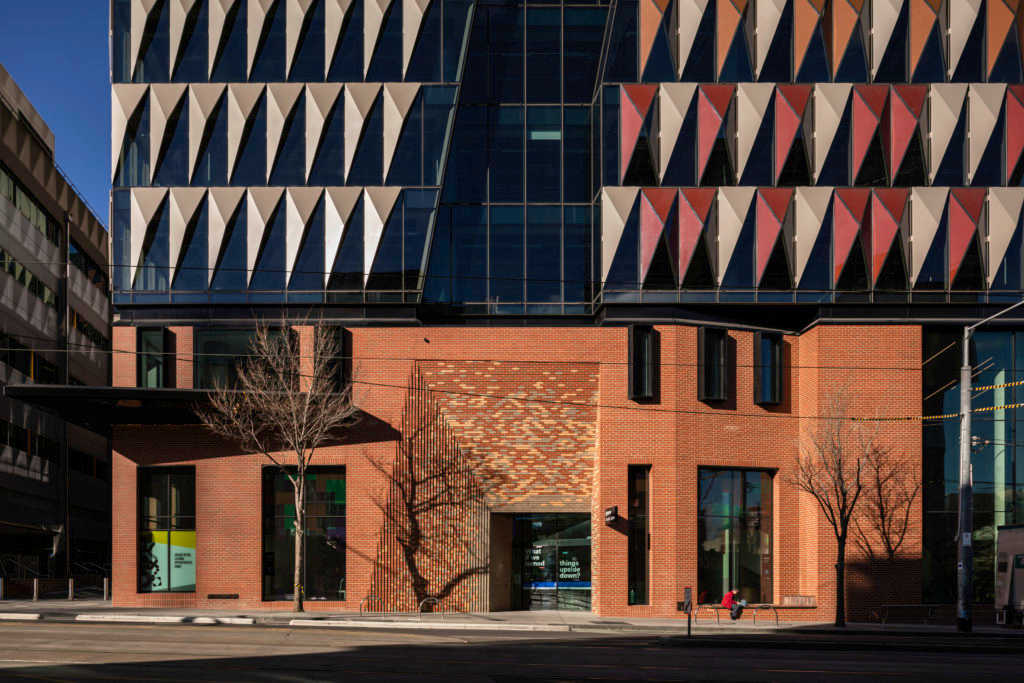
“When we design spaces, buildings and infrastructure that respect connection to Indigenous lands, we protect the cultural heritage and bring a richness and depth to the built environment,” says Lisa-Maree Carrigan. A concept, that Professor Abdilla says begins and ends with genuine engagement.
“It’s important to think about the principles of codesign with custodians, predominantly because they have so much knowledge. As custodians they know their Country, they also have incredible relationships with kin and so that intersection between Country and kin is the most unique and critical component of culture.”

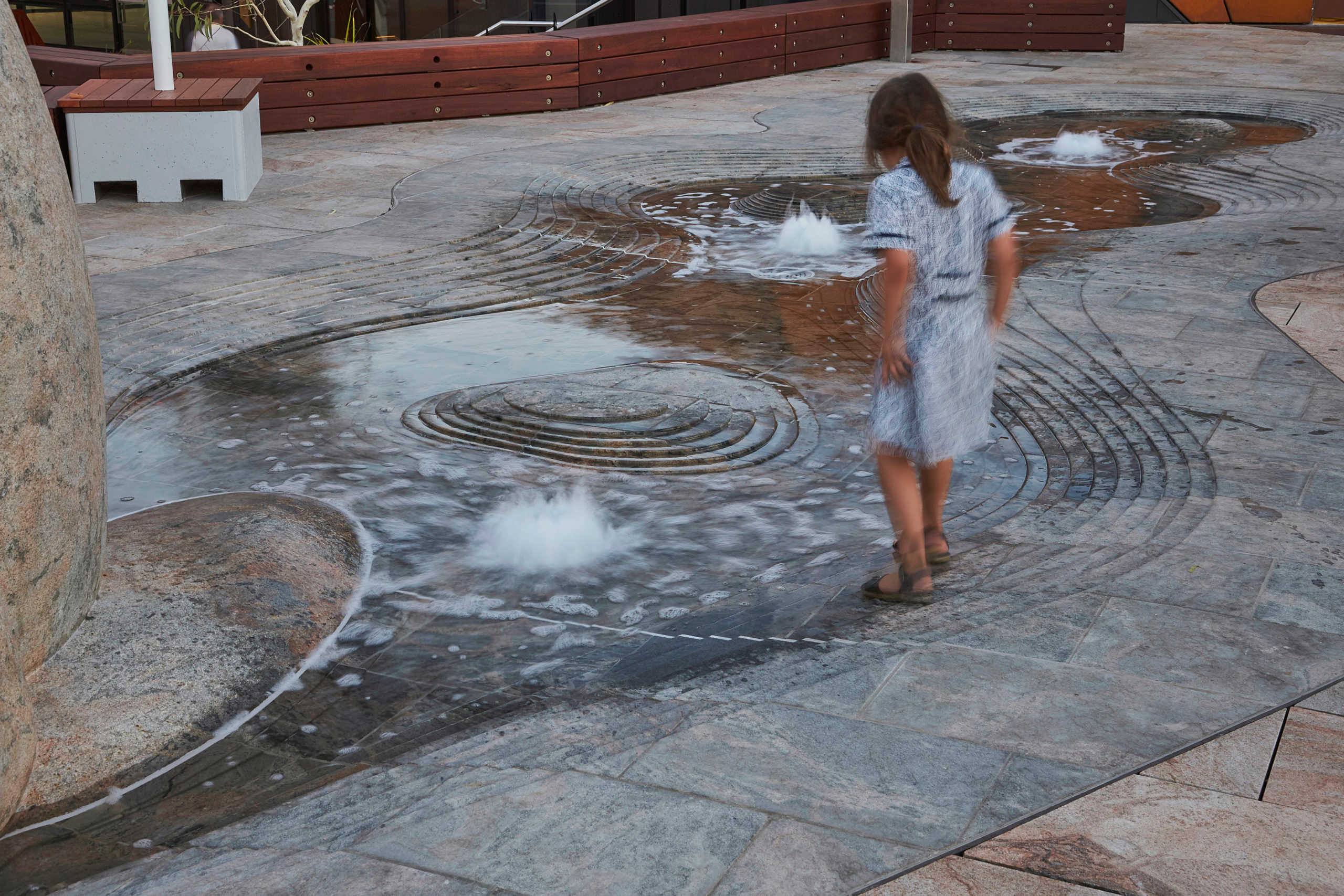
“When you think about that deep relational connection we have as a people, of course Custodians are going to be the most relevant and appropriate people with the relevant cultural authority to start with.”
Michael Hromek adds, “Beginning the process of building with the understanding that the land on which projects are being planned needs to have the appropriate level of respect paid, the concept of codesign is one that has a broader impact on the community as a whole.”
“There’s a lot of value that comes to projects through Aboriginal input. For me, as a designer there are things I hope to see through our projects; The first being the legacy of those involved in that design process from the team to the client and the Aboriginal community we engage,” says Michael.
“Furthermore, there’s the value that it adds to design itself being a style or school of thought. I would argue we’ve been doing Modernism for a long time and in some ways, I think that the Aboriginal codesign input is helping establish a new Australian design vernacular that is inclusive of Aboriginal people and all of this knowledge that is latent on country and that’s super exciting!”

But where this process starts, and what is perhaps the most important aspect of genuine codesign practice, is the initial trust-building conversations needed in order to have an authentic and culturally appropriate relationship with the Custodians and wider community.
“The key is taking the time to get to know the communities that we’re working with,” says Sydney Water’s Veronica Murphy. “Projects have deadlines and we’re working in an environment where people are keen to get things done, but when it comes to working with community, we’ve got to build trust and a relationship, and like in every relationship, it takes time.
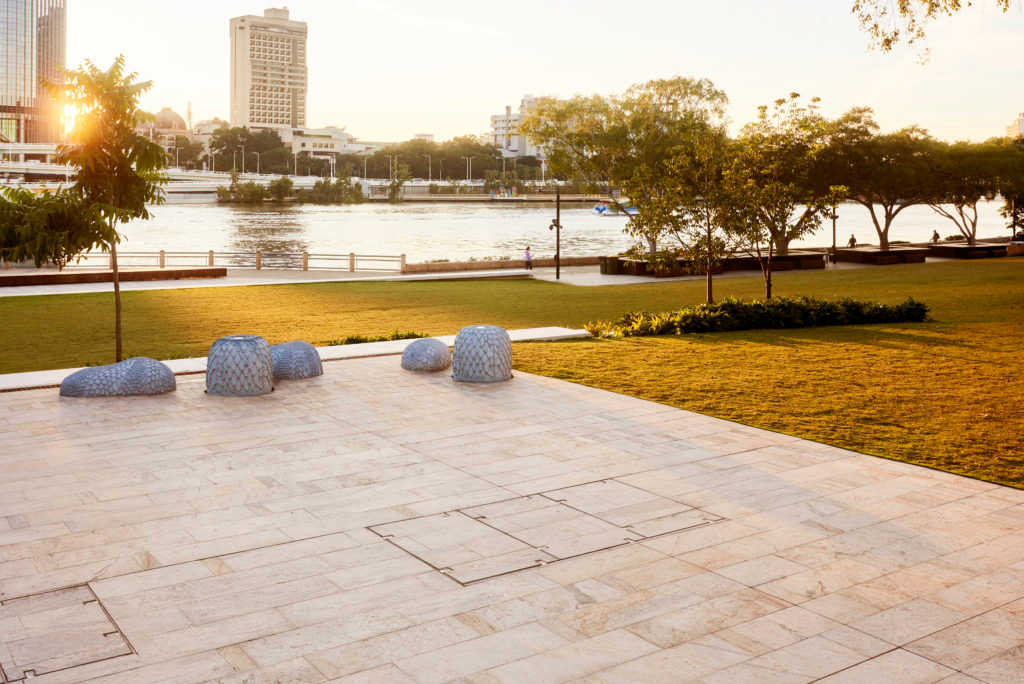
“It’s about really listening. Sometimes teams can go in with an agenda that can blind or deafen their response to community. Our knowledge holders are key to how design could take shape, whether it’s the landscape or waterways, taking that time to sit back and really listen and engage, and making sure it’s not tokenistic, is paramount. Symbolism is good and an Acknowledgement of Country statement is great, but we have to move beyond that and show real trust when taking on board what we’re hearing from our communities.
“The thing I want to say is, take your time, get to know the people, if you don’t have community support then you’re not going to get a good outcome. Community is invested in what’s being done on their Country, so think about the value of what that’s going to bring to the community after the project is finished.”
To watch the webinar in full, go to https://groupgsa.com/exploration/connect-and-design-with-country/
“It’s clear that best practice should always be a recognition of and engagement with the local community of any given project. However for this interaction to prove impactful, it is important that the nuances of this relationship are truly explored and committed to.”

“It’s clear that best practice should always be a recognition of and engagement with the local community of any given project. However for this interaction to prove impactful, it is important that the nuances of this relationship are truly explored and committed to.”
Learn about our products.
Join us at an event.
